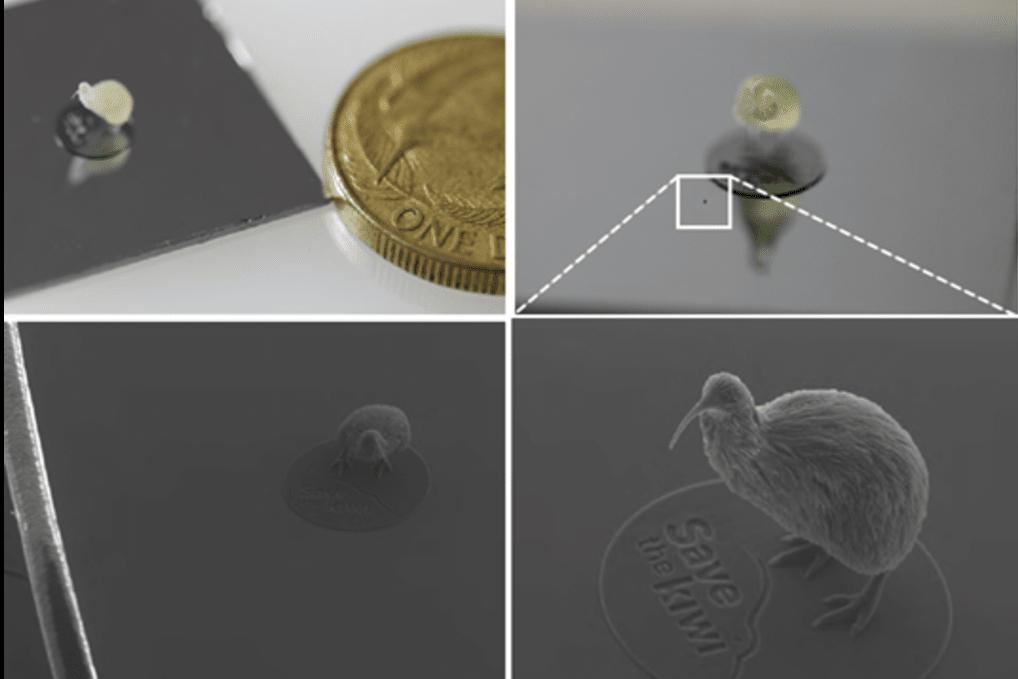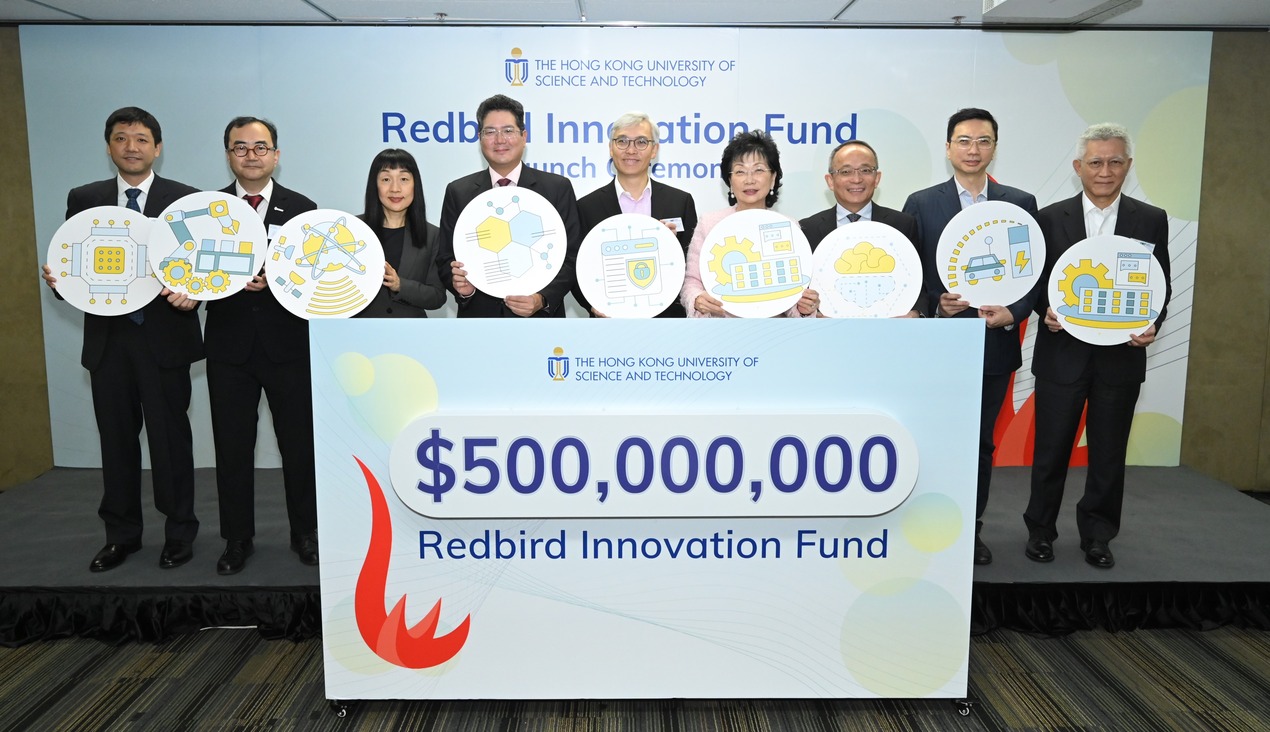
|
Getting your Trinity Audio player ready...
|
Nanotechnology, operating at the scale of atoms and molecules, has become a transformative force across diverse fields. In medicine, nanotech delivers targeted drug delivery systems, revolutionising treatments with enhanced precision and reduced side effects.

In the realm of minuscule wonders, the latest creation by Associate Professor Volker Nock of Te Whare Wānanga o Waitaha | University of Canterbury (UC) takes centre stage: the World’s Smallest Kiwi. This extraordinary feat of nanotechnology is so petite that it eludes visibility even under a magnifying glass. To put its size into perspective, it is comfortably nestled beside a dollar coin, appearing as a mere speck of dust to the naked eye.
The mastermind behind this diminutive marvel is Professor Nock. Being an “imported” Kiwi himself and an avid tramper, he has a deep connection to New Zealand’s native birds. He chose the kiwi, New Zealand’s national icon, for its symbolic significance and the availability of high-quality 3D models. “Helping to raise awareness is the least I can do,” he remarks.
Professor Novk utilised the Nanoscribe Photonic Professional GT2, a 3D printer renowned for its unparalleled resolution. This cutting-edge printer can produce features as small as 160 nanometers, a dimension a thousand times smaller than a human hair.
The Nanoscribe Photonic Professional GT2 operates by using laser light to harden minuscule volumes of liquid plastic, called voxels. Repeating this process for billions of voxels allows for the creation of nearly any 3D shape. The remaining liquid is then washed away, leaving behind microscopic objects such as the World’s Smallest Kiwi.
Two versions of the kiwi were crafted: a millimetre-sized replica visible to the naked eye and its microscale sibling, a mere micrometre in size, requiring a superpowered scanning-electron microscope for observation. What seems like a speck of dust to the unaided eye reveals an astonishing level of detail under high-magnification microscopy – intricately designed feathers, wings, claws, and scales on its legs.
Professor Nock reflects on the intricate process, stating, “I always had an idea of what I wanted the kiwi to look like, but it wasn’t until I saw it come off the printer that I realised how much detail I’d been able to include.”
This groundbreaking project not only showcases the capabilities of nanotechnology but also serves as a platform to raise awareness about the challenges faced by New Zealand’s native birds. As Professor Nock aptly puts it, “The ability to support Save the Kiwi and the conservation of real-life kiwi at the same time has been a very special added bonus.”
The World’s Smallest Kiwi is currently on display at Tūranga, the Christchurch City Library, from November 7 to 14. Subsequently, it will be auctioned as part of Save the Kiwi’s Kiwi Art Trail, with the funds raised contributing to Kiwi conservation efforts. In a world of grand discoveries, this miniature masterpiece stands as a testament to the intersection of technology, art, and conservation.
From enhancing food production to transforming manufacturing processes, the influence of nanotechnology spans a myriad of disciplines, promising unprecedented breakthroughs and addressing complex challenges on a molecular level.
Electronics benefits from nanoscale components, fostering faster and more efficient devices. Materials science sees innovations in stronger, lighter materials with improved properties. Environmental applications range from nanosensors for pollution detection to efficient water purification. In energy, nanotechnology enables advancements in solar cells and energy storage.
OpenGov Asia reported that Researchers from RMIT University and the University of South Australia (UniSA) have developed an ultrathin superbug-fighting material that could revolutionise wound care and implant technology by preventing and healing bacterial infections. This groundbreaking innovation, which has already undergone advanced pre-clinical trials, demonstrates remarkable effectiveness against drug-resistant bacterial cells, including the notorious “golden staph” superbugs.
India too has identified nanotechnology as an area of focus within the power sector, including utilising nanotechnology for electric vehicle batteries. The Ministry of Power and the Ministry of New and Renewable Energy have launched a National Mission to identify emerging technologies and indigenously develop them on a large scale.
















